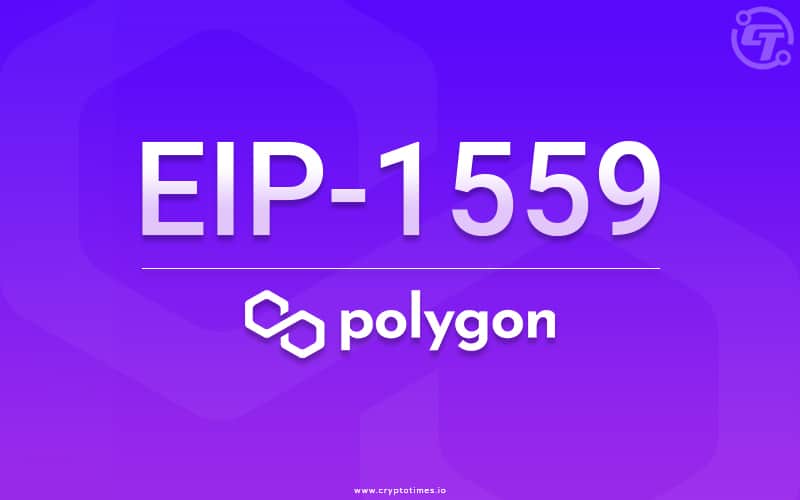In Brief:
- Polygon’s core development team is rolling out a testnet implementation of EIP-1559.
- It is done to introduce burning of its native MATIC token and better fee visibility.
- The new testnet has the potential to increase MATIC by 3X in the current cycle.
According to the official blog posted yesterday, The core development team of the polygon is rolling out a testnet implementation of Ethereum Improvement Proposal (EIP) 1559 to introduce burning of its native MATIC token and better fee visibility.
Polygon Network, based in India, has been popular for some time now. Mir, a zero-knowledge (ZK) protocol developer, was recently acquired by the Ethereum-powered network for roughly USD 400 million.
It is now launching a testnet that has the potential to increase MATIC by 3X in the current cycle.
Without a question, the most popular altcoin, ETH, was the first to be affected by the so-called “London fork.” It was without a doubt one of the most significant events in the country’s history.
These changes will have a significant impact on Polygon’s entire stakeholder base.
The blog post also stated by saying, “Polygon is taking steps to bring this much-requested upgrade to our network. It goes live on the Mumbai testnet on Dec. 14, at 8 a.m. UTC.”
The MATIC from Polygon has a fixed supply of 10 billion units. As a result, any decrease in the number of accessible tokens will result in deflation.
The modifications do not, however, reduce transaction fees because prices are controlled by supply and demand. Instead, it enables consumers to make more accurate cost estimates. As a result, fewer users will overpay. Following the hard fork, Ethereum has reaped a number of benefits.
The team also added, “we took Ethereum’s experience since the upgrade as the baseline to simulate the potential impact on MATIC’s total supply. The analysis suggests that annualized burn would represent 0.27% of the total MATIC supply.”






